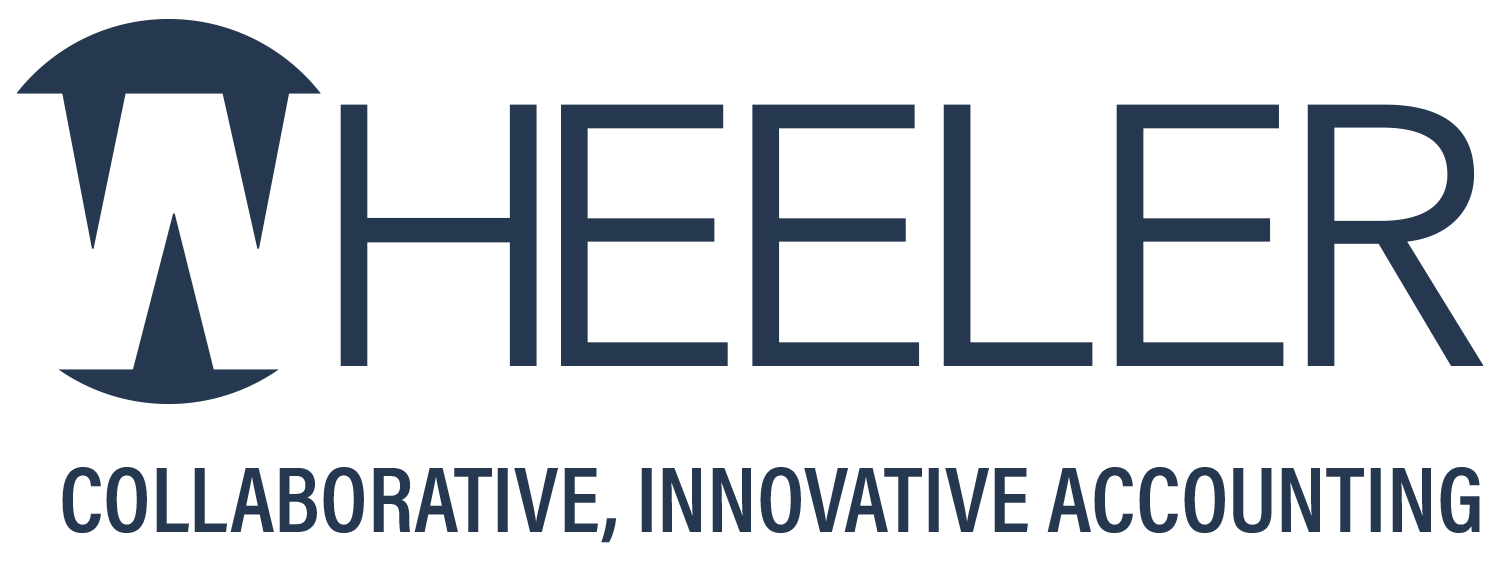When an individual accepts the position of executor or trustee, they are committing to several responsibilities in the administration of a deceased person’s estate or trust. Among these is the duty to file the necessary tax returns for the year of death and any subsequent years of administration.
Here we will discuss how to manage the filing of the individual’s final income tax return (Form 1040), the trust’s or estate’s Fiduciary Income Tax Return (Form 1041), and the state equivalents.
Where is the income reported?
To understand the best way to file the final 1040, it is useful to picture the calendar tax year on a continuum. The first part of the year consists of the period from January 1 until the date of death. The income that occurs during this period is the income that will be taxable on the final 1040. The income that is earned after the date of death will be reported on the fiduciary tax return. Essentially the trust or estate becomes the taxpayer. All of the income is therefore captured on one of the two returns.
How does the estate or trust become a taxpayer?
Upon the passing of the individual, the executor or trustee (or CPA or attorney) applies for a Federal tax identification number, also known as an Employer Identification Number (EIN). This number is used for the tax filings as well as retitling assets from the individual’s name and social security number to the name of the estate or trust. The starting date for the first year of tax filings is the decedent’s date of death. The year-end for the first tax return filing is dependent on whether there is an estate or a trust, and whether there is an election to choose calendar year-end or a fiscal year-end.
Income was reported under the Social Security number. Now what?
Because it takes time to acquire the EIN and transfer assets to accounts under the EIN, income will continue to accumulate from some sources under the Social Security number of the decedent. As a result, year-end forms such as brokerage 1099s may include income earned after date of death. To address this issue, the executor or trustee reports all of the income reported under the Social Security number on the decedent’s final individual return. This is important to ensure that the return matches the IRS’ records. The portion of income that was earned after date of death is then shown as a subtraction from the 1040. The estate or trust is shown as the recipient or “nominee”. This post-death income is then reported on the fiduciary return along with any income reported under the estate or trust EIN.
Who gets the deductions?
The approach to deductions is similar, but there are differences between the individual and fiduciary returns. The deductions are allocated based on when they were paid, either before or after the date of death. Some deductions such as property taxes and mortgage interest are allowed on both types of returns. Other deductions such as non-cash charitable contributions are only deductible on the individual return. Trusts and estates are allowed deductions for certain expenses that are more limited to the individual. These expenses include accounting fees, legal fees, trustee fees, bonding costs, and administrative expenses.
Accounting for the accounts
An executor or trustee is responsible for accounting for all the receipts and disbursements which occur after the date of death. It is advisable for the executor or trustee to set up a separate bank account under the EIN in order to keep a good record of the financial activity. It is possible that beneficiaries will want a formal accounting of the assets, receipts and disbursements. With this record and the year-end tax reporting documents for all of the accounts, the tax returns can be prepared.
How do distributions affect the tax return?
For estates and trusts there are two types of distributions. First, there are distributions that were specified in the will or trust. These are referred to as “specific bequests”. This type of distribution is a defined amount of money going to a specific beneficiary, usually an individual or a charity. The payment of a specific bequest has no impact on the fiduciary tax return. The second type of distribution is one that is made to a “residual beneficiary”. The amount this type of beneficiary receives is usually a percentage of the distributable estate or trust. If a distribution is made to a residual beneficiary, some or all of the distributable income on the fiduciary tax return may flow out to the person who received funds. As part of the preparation of the fiduciary return, the accountant prepares a Form K-1 which details the income which is reportable by the beneficiary. In the final year of estate or trust administration, when all of the assets have been distributed, any net taxable income (or excess deductions) will pass out to any beneficiaries that received assets in the final year, and the trust will owe no tax.
What if there are no distributions until the end of administration?
In some cases, such as with a probate estate, it may be impossible to make distributions during the first year of administration. If there are no distributions from an estate or trust and there is taxable income on the fiduciary return, the estate or trust must pay tax on that income. It is preferable to distribute assets when possible, because fiduciary income tax rates are very compressed. For 2021 an estate or trust will reach the maximum ordinary income tax rate of 37% at $13,050 of income. Distributions allow taxable income to pass out to the beneficiaries who are more often at a lower tax bracket than the trust.
The many hats of the executor and trustee
When an individual accepts the position of executor or trustee, they are agreeing to manage the assets and finances of a decedent. There are many aspects to administration, and the executor must be prepared. In order to file the necessary tax returns, the trustee will have to account for all the receipts and disbursements, gather the year-end tax reporting documents, and allocate the activity between the individual and fiduciary returns. With careful planning and good recordkeeping, the preparation and filing of the final individual returns and the fiduciary returns should go smoothly. The members of the Wheeler Estate and Trust Team are available to assist you through this process. We can provide expertise and experience to executors and trustees as they work their way through the process of estate and trust tax preparation and administration.
San Jose: (408) 252-1800
Watsonville: (831) 726-8500



